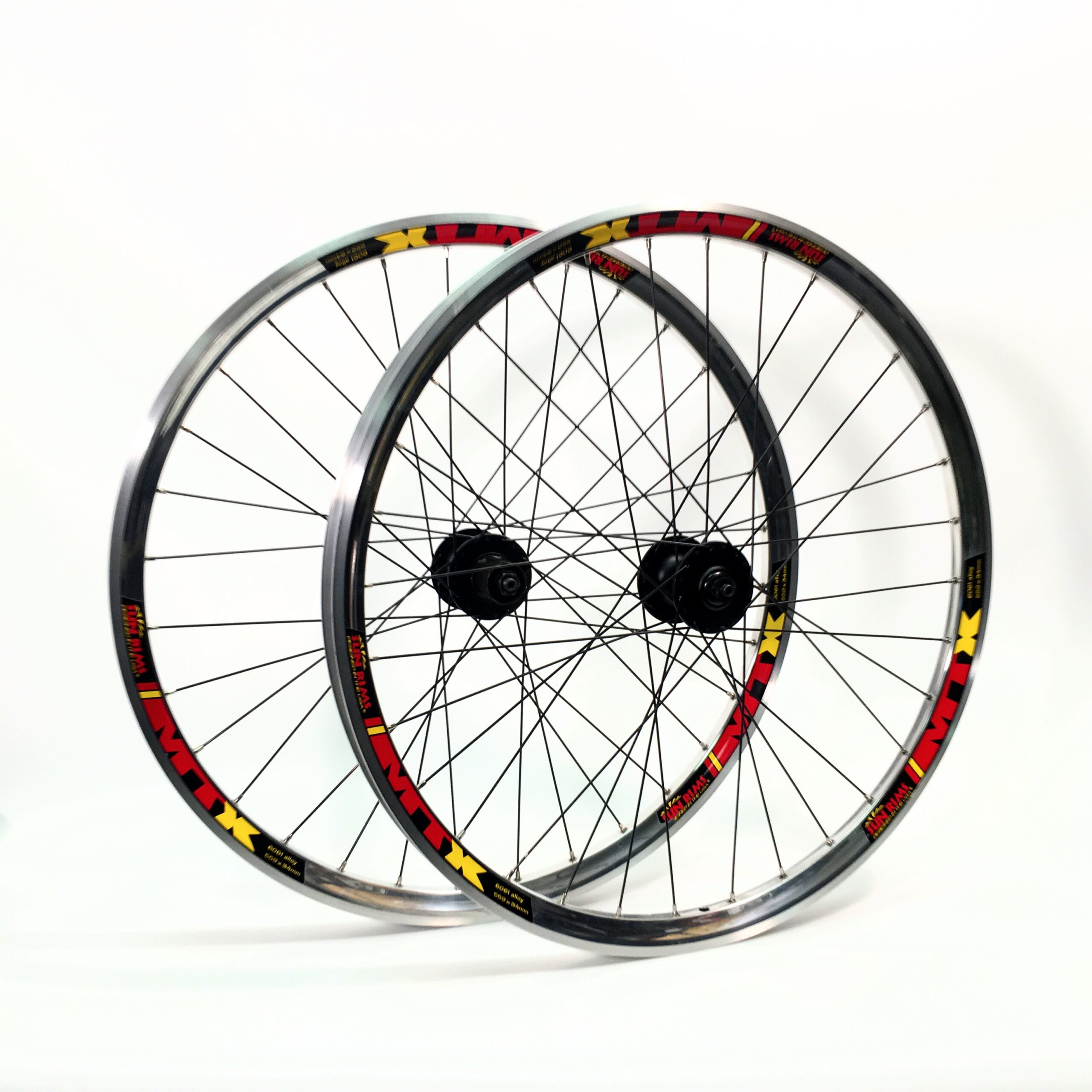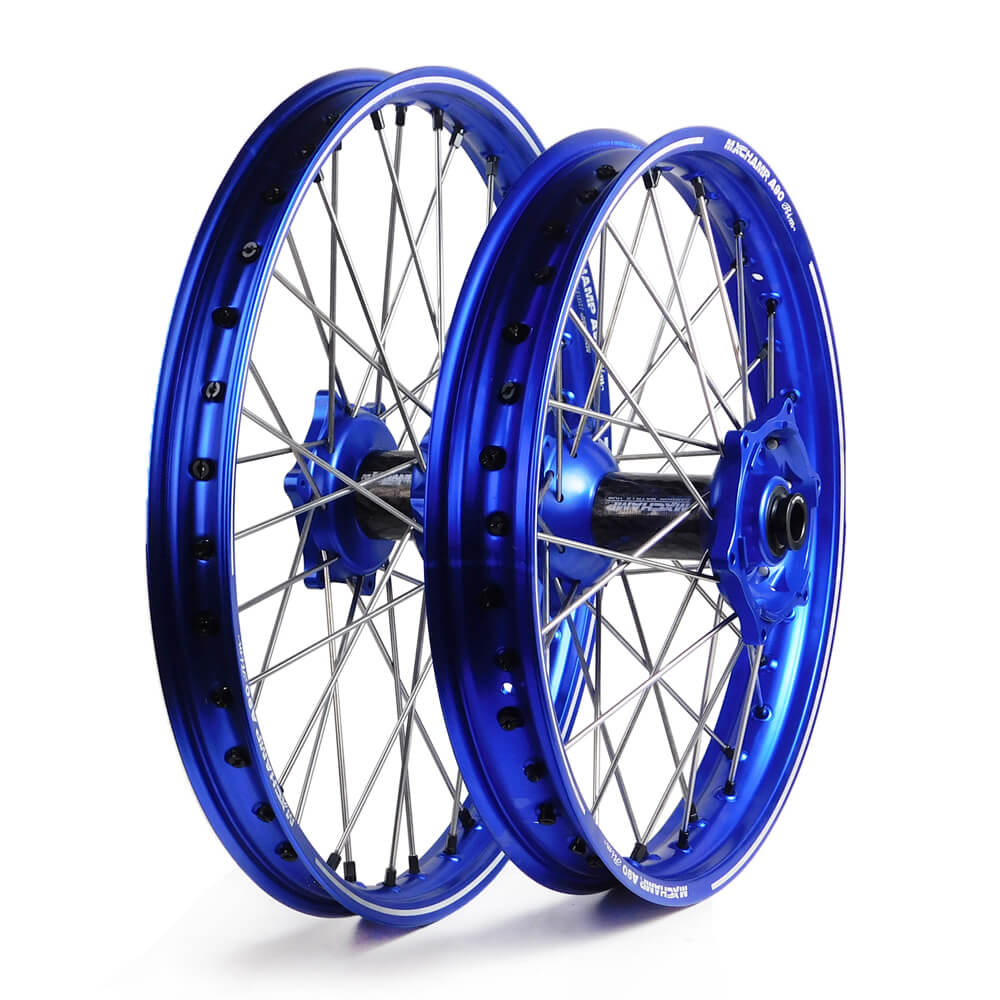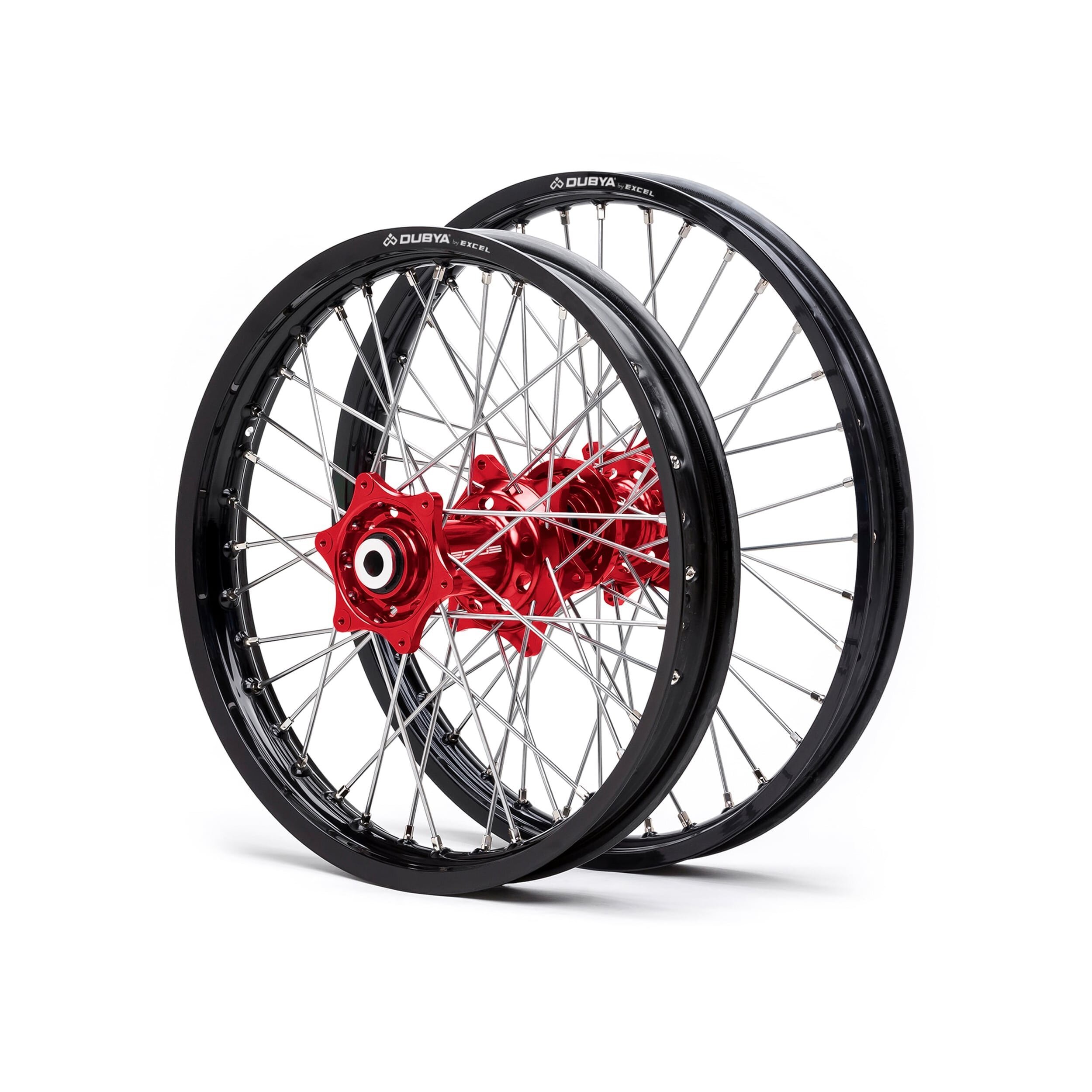Bicycle rims play a crucial role in the overall performance and function of a bicycle. They provide the foundation for the tires, offer support to the wheel, and affect the bike’s overall weight and aerodynamics. Therefore, selecting the right bicycle rims is essential for maintaining safety, optimizing performance, and enhancing the riding experience. In this article, we will explore the various factors to consider when choosing bicycle rims to help you make an informed decision.

Rim Material
One of the first considerations when selecting bicycle rims is the material from which they are constructed. The most common materials for bicycle rims are aluminum, carbon fiber, and steel.
Aluminum rims are lightweight, durable, and relatively affordable. They are a popular choice for all types of cyclists, from casual riders to competitive racers. Aluminum rims offer a good balance of weight, strength, and cost, making them a versatile option for many cyclists.
Carbon fiber rims are known for their exceptional strength-to-weight ratio.
They are incredibly lightweight, stiff, and provide excellent aerodynamic performance. However, carbon fiber rims tend to be more expensive than aluminum rims and may require more maintenance and careful handling to avoid damage.
Steel rims are less common in modern bicycles, as they tend to be heavier and less responsive than aluminum or carbon fiber rims. However, they are still used in some applications, particularly on older or vintage bikes.
Rim Size
Another important factor to consider when choosing bicycle rims is the size. The size of the rim is typically expressed in inches, with the most common sizes being 26 inches, 27.5 inches, and 29 inches for mountain bikes, and 700c for road bikes.
Mountain bike rims are available in different sizes to accommodate various tire widths and riding styles. 26-inch rims are the traditional choice for mountain bikes, offering a good balance of agility and strength. 27.5-inch and 29-inch rims have gained popularity in recent years, with 29-inch rims being favored for their ability to roll over obstacles more easily.
Road bike rims are commonly 700c in size, providing a balance of speed, efficiency, and stability. The larger diameter of 700c rims allows for faster rolling and better handling on paved roads.

Rim Width
The width of the rim also plays a significant role in the performance of the bicycle. Wider rims can support wider tires, which can offer improved traction, stability, and comfort, particularly when riding off-road or on rough terrain. Additionally, wider rims can create a larger contact patch with the ground, enhancing cornering grip and overall control.
Conversely
Narrower rims are lighter and more aerodynamic, making them well-suited for road racing and high-speed riding. They can also provide a more responsive feel and reduced rolling resistance.
It is important to match the width of the rim with the intended tire width and riding style. For example, a wider rim may be beneficial for trail riding and downhill racing, while a narrower rim may be more suitable for road racing and time trials.
Braking Compatibility
When choosing bicycle rims, it is essential to consider the type of braking system they are designed to accommodate. Most modern bicycle rims are designed for rim brakes, which use pads to grip the sides of the rim to slow down or stop the bike. However, some rims are specifically designed for disc brakes, which use a rotor attached to the center of the wheel hub for braking.
Rim brake rims have a specific braking surface that is designed to provide consistent and effective braking performance. It is important to ensure that the rims are compatible with the type of rim brakes (e.g., caliper, cantilever, or V-brakes) and that they can support the appropriate brake pad style.
Disc brake rims, on the other hand, do not require a specific braking surface, as the braking is accomplished by the disc rotor. These rims are typically designed to be stiffer and stronger to withstand the forces exerted by disc brakes.
Tubeless Compatibility
Tubeless technology has gained popularity in the cycling industry, offering benefits such as reduced risk of punctures, lower rolling resistance, and the ability to run lower tire pressures for better traction and comfort. When selecting bicycle rims, it is worth considering whether they are compatible with tubeless tires.
Tubeless-compatible rims are designed to create a secure seal with tubeless tires, allowing for the tire to be inflated without an inner tube. These rims typically have a specific bead seat and rim profile to ensure a proper fit and reliable performance.
By choosing tubeless-compatible rims, cyclists can take advantage of the benefits of tubeless technology and enjoy a more versatile and reliable riding experience.

How to repair bicycle rims
Bicycle rims are an essential component of any bike, and they play a crucial role in supporting the weight of the rider and providing a stable platform for the tires. Over time, however, rims can become damaged due to wear and tear, impact, or other factors. When this happens, it’s important to know how to repair and maintain your rims to ensure the safety and performance of your bike.
Assessment of the Damage
Before attempting any repairs on a bicycle rim, it is important to assess the extent of the damage. Begin by inspecting the rim for signs of wear, dents, cracks, or other forms of damage. Pay close attention to the braking surface, as this area is particularly prone to damage. It is also important to check for any loose or broken spokes, as these can contribute to rim damage or indicate an underlying issue with the wheel. Once you have identified the nature and extent of the damage, you can proceed with the appropriate repair method.
Minor Adjustments
In some cases, minor adjustments may be all that is needed to repair a damaged bicycle rim. This can include truing the wheel, which involves adjusting the tension of the spokes to straighten the rim and eliminate any wobbles or hops. Truing a wheel requires a spoke wrench and a truing stand or similar tool to hold the wheel steady while adjustments are made. It is important to make small, gradual adjustments to avoid over-tensioning or loosening the spokes.
Another minor adjustment that may be required is to reposition the brake pads. If the rim is slightly out of true, the brake pads may be rubbing on the tire, causing unnecessary wear and reducing braking performance. By adjusting the position of the brake pads, you can ensure that they make proper contact with the rim without rubbing on the tire.
Replacement of Spokes
If the damage to the rim is a result of broken or damaged spokes. It may be necessary to replace these before attempting any further repairs. Begin by removing the tire and inner tube to gain access to the spokes. Using a spoke wrench, loosen the damaged spoke and remove it from the wheel. Take note of the length and threading of the spoke. As you will need to match these when installing a replacement.
Once the damaged spoke has been removed. Insert a new spoke of the appropriate length and thread it into the nipple on the rim. Tighten the spoke until it is snug against the rim. But be careful not to over-tension it. As this can cause the rim to warp or become out of true. Once all the damaged spokes have been replaced. The wheel can be trued to ensure proper alignment.

Conclusion
Choosing the right bicycle rims is essential for optimizing the performance and comfort of your bike. By considering factors such as rim material, size, width. Braking compatibility, and tubeless compatibility. Cyclists can make informed decisions that align with their riding style and preferences.
It is important to carefully assess the specific requirements of the rims based on the intended use of the bicycle. Whether it be for off-road trail riding, competitive road racing, casual commuting. Or any other type of cycling activity. With the right rims. Cyclists can enhance their riding experience and achieve their performance goals.
